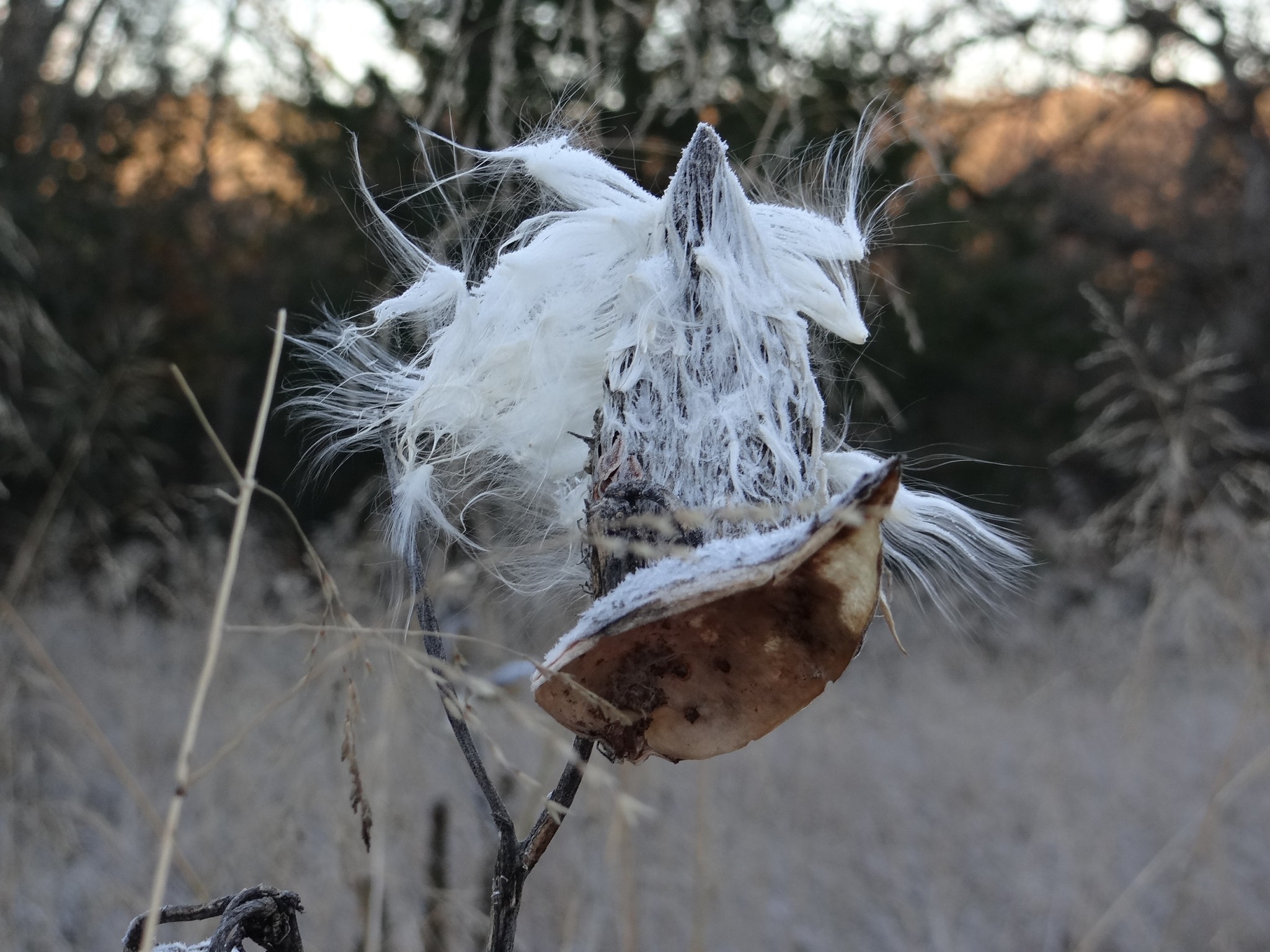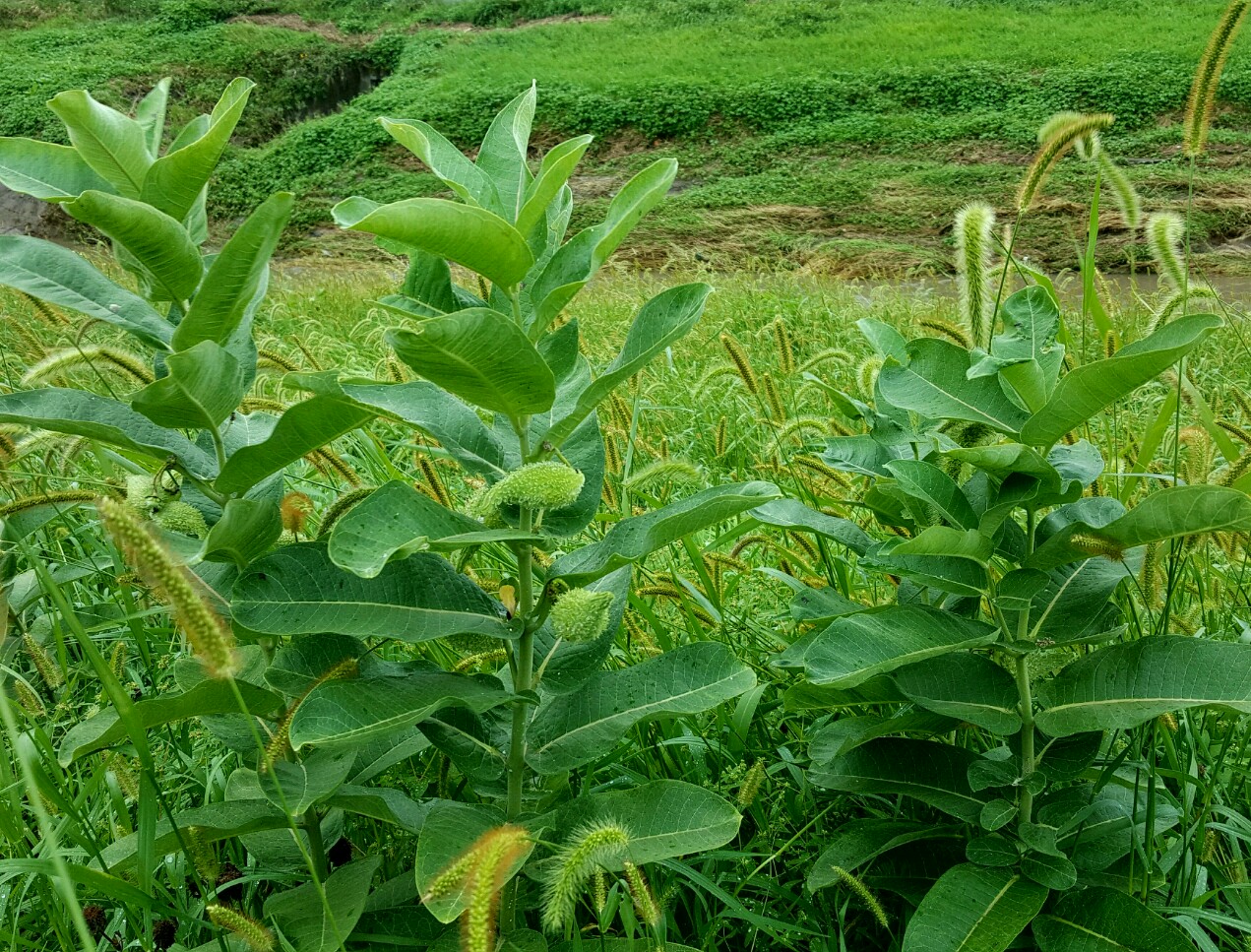It is not just a “weed.”
Monarch butterflies, which are currently migrating through Nebraska, cannot survive without it. Their larvae, caterpillars, will only feed on it. Female monarchs need it to lay their eggs. It is a very important group of wildflowers that produce a key nectar source for pollinating insects and animals critical to our environment, food supply and economy. It is also an essential habitat component for birds like the ring-necked pheasant with its broad leaves, seed production and soft-bodied insects it attracts.
It is the genus Asclepias, the milkweed, a class of more than 100 varieties of a perennial, leafy-green, flowering, latex-producing plants.

As a kid growing up in the late 1960’s and early 1970’s, I was always enthralled with milkweed plants on our family farm in southeastern Nebraska.

It grew in a few of the farm’s pastures and prairie grass fields. I learned early on that if you break the leaves or stems of this plant, a sticky, white sap oozes out and can irritate the skin. I remember the cows avoided it. Once the plant bloomed and went to seed, the spherical clusters of oddly shaped small, pink flowers were always interesting to examine and smell. I fondly recall monarch butterflies flitting around those pink flowers of the plant thinking that they were attracted to the pleasant scent of them.

But, little did I realize way back then as a child, the importance of the milkweed, its peril today and how the ramifications of its low numbers would reverberate to the life cycle of the monarch butterfly and throughout our environment.
Milkweed plants continue to disappear at an alarming rate across North America due to shifting land management practices from development to the widespread spraying of weed killer on the fields where they live. Agricultural crops genetically modified to be resistant to herbicides are also said to have an impact on having fewer milkweeds.
Surveys show milkweed numbers to be down dramatically since the early 1990’s, and along with them, vastly dwindling numbers of monarch butterflies and pollinator populations.
The alarm has sounded!
The good news though is that native milkweed habitat planting efforts, pollinator land management practices and monarch conservation strategies are happening through many individuals and a number of entities like the Nebraska Game and Parks Commission.
However, there is a need to gather more information about milkweeds for a better understanding of where Nebraska’s known 17 species of milkweeds are located.
And, this is where you enter the picture.
Do you know of places that have milkweeds? Have you planted any milkweeds?
Perhaps there are milkweeds in your flower or rock garden, on your acreage or pasture, along that weedy fence row or recreational trail, or maybe in your CRP grassland acres or crop field edges. Maybe you have suitable area where you would like to plant them?

Please let us know about them.
And, you can do that by using the Nebraska Game and Parks Commission’s online Milkweed Tracker system here. The information you provide in the Milkweed Tracker will solely be used for biological purposes!
Why is this data critical to catalog? Here’s an example. If monarch butterflies have to travel too far from one milkweed patch to the next, they won’t have enough energy to lay their eggs and make the next step of their journey.
So, the details you provide will greatly assist us in identifying where to plant, restore or enhance milkweed communities and other pollinator friendly flora in the next several years.
Thank you so much for your citizen science work!

The post Got Milkweeds? Let us know! appeared first on NEBRASKALand Magazine.
















